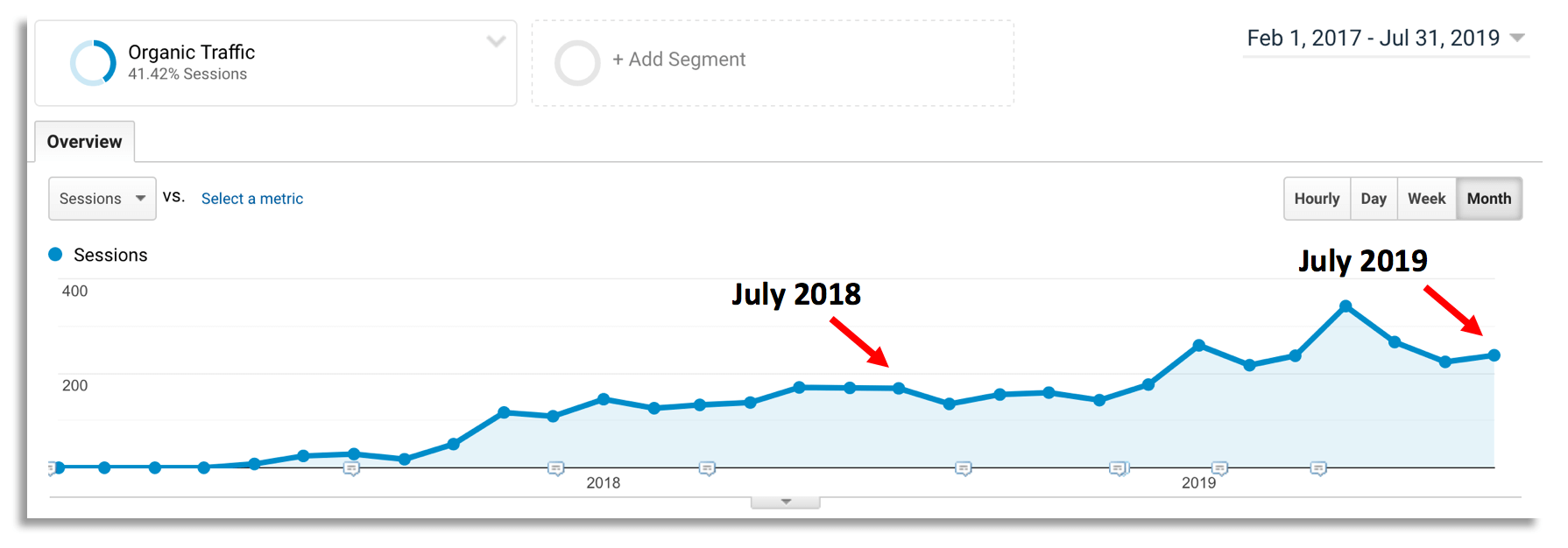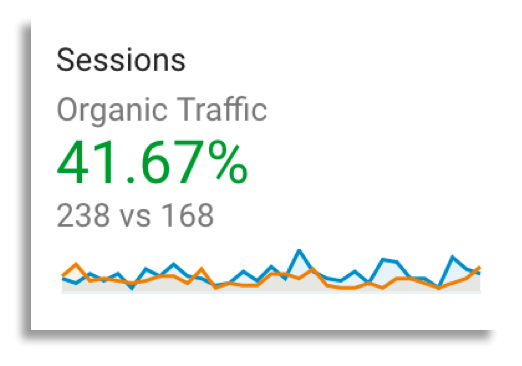Blogging Report (October 2019) – Organic Traffic Is Up 71.07%!

Welcome to another blogging report, this time for October 2019!
If you’re new to these posts, each month I dive into my Google Analytics to monitor and track my overall organic growth.
October 2019 was a strong month for my website and actually the second highest all-time in terms of organic search traffic (more details on this below).
I also saw noticeable increases both when comparing year-over-year and month-over-month.
You will see in my long-term organic traffic chart below that October was a nice uptick compared to recent months.
Let’s take a look at the data as a whole in a bit more detail.
Organic Traffic (October 2019)- 272 Visits
Organic traffic for October 2019 came in at 272 visits.
Again, this is my second highest month all-time in terms of organic sessions.
Year-Over-Year Organic Traffic Increases (October 2019 vs. October 2018)
Year-over-year my organic traffic increased by 71.07% (272 visits vs. 159 visits).
I don’t always see increases this large so I am very happy with this!
The chart below plots both October 2019 and October 2018 to show this year-over-year growth from another angle.
Looking at your traffic in Google Analytics over the long-term is really helpful to see how your overall data is trending.
In my case here, it’s clear the progress I have made when looking all the way back to 2017 (where I had very little momentum) compared to 2019 where I’ve been consistently generating over 200 organic visits per month.
And this is highly targeted traffic from the search engines!
It’s crucial to identify positive trends like this to remain motivated and hungry to keep pressing forward.
Blogging is a long-term game and can oftentimes feel overwhelming. This is why it’s important to appreciate any progress you are making and celebrate any small wins.

When looking at the screenshot below, we can see that in October 2019 (blue line) I generated more organic traffic almost every single day compared to October 2018 (orange line).

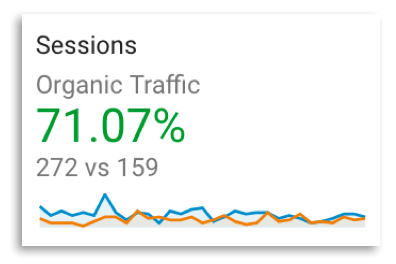
If you’re implementing proper SEO and generating really high-quality content, there’s no reason why you can’t experience significant year-over-year growth yourself.
In order to continue this momentum seen above, I have laid out a few action steps below.
Plan of Action for Continued Organic Growth
1.) More Strategic Keyword Research
Lately I’ve been focusing on targeting keywords that are longer-tail (2 or more words in a phrase) and have low competition. Since I’ve been seeing good results with this approach overall, I plan to continue this strategy and even ramp it up moving forward. You can utilize tools such as Ubersuggest (free) or Ahrefs (paid) to get helpful data like search volume and competition on your keyword phrases. Not every single post I write is totally driven by keyword research or SEO, but the articles I am attempting to rank highly in Google, I like to target longer-tail terms with lower competition. They are much easier to obtain solid rankings for.
2.) Get Ahead of Content (Blog Posts & Videos)
For me personally as a blogger, consultant and Internet marketer, it can be difficult to get ahead of content at times with so many projects going on. Even though I currently have my content scheduled out 1-2 weeks in advance, I do find myself getting behind on this more often than I would like. In fact, my goal is to have content pre-scheduled for at least 3 months moving into 2020. If I can accomplish this, it would really free up my time to work on other projects/ideas of mine (and one being a membership site I plan on launching). This is a good strategy for many bloggers who still juggle a regular day job and can help them feel liberated instead of a slave to their website.
How was your October 2019?
That wraps up this month’s report!
If you are new to these blogging reports, please be sure to follow the journey by visiting/saving my page here, or you can subscribe to my YouTube channel where I post monthly updates as well.
How was your October 2019?







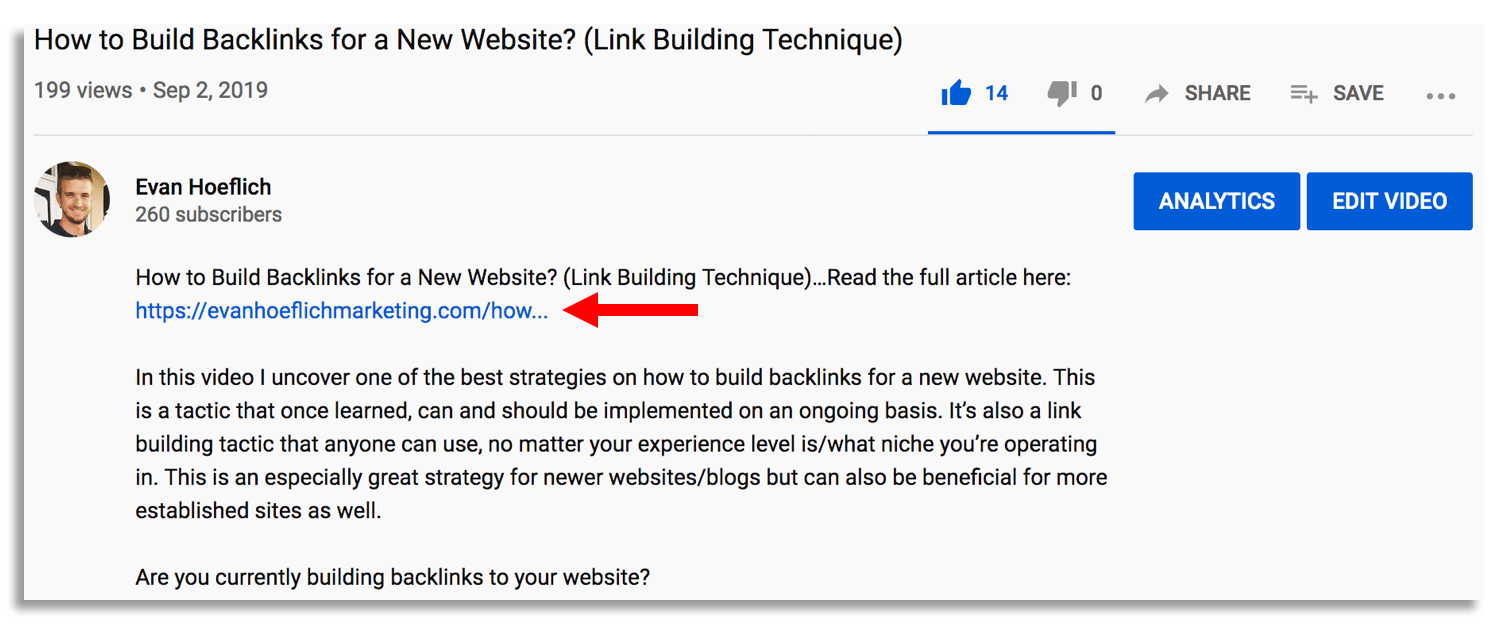
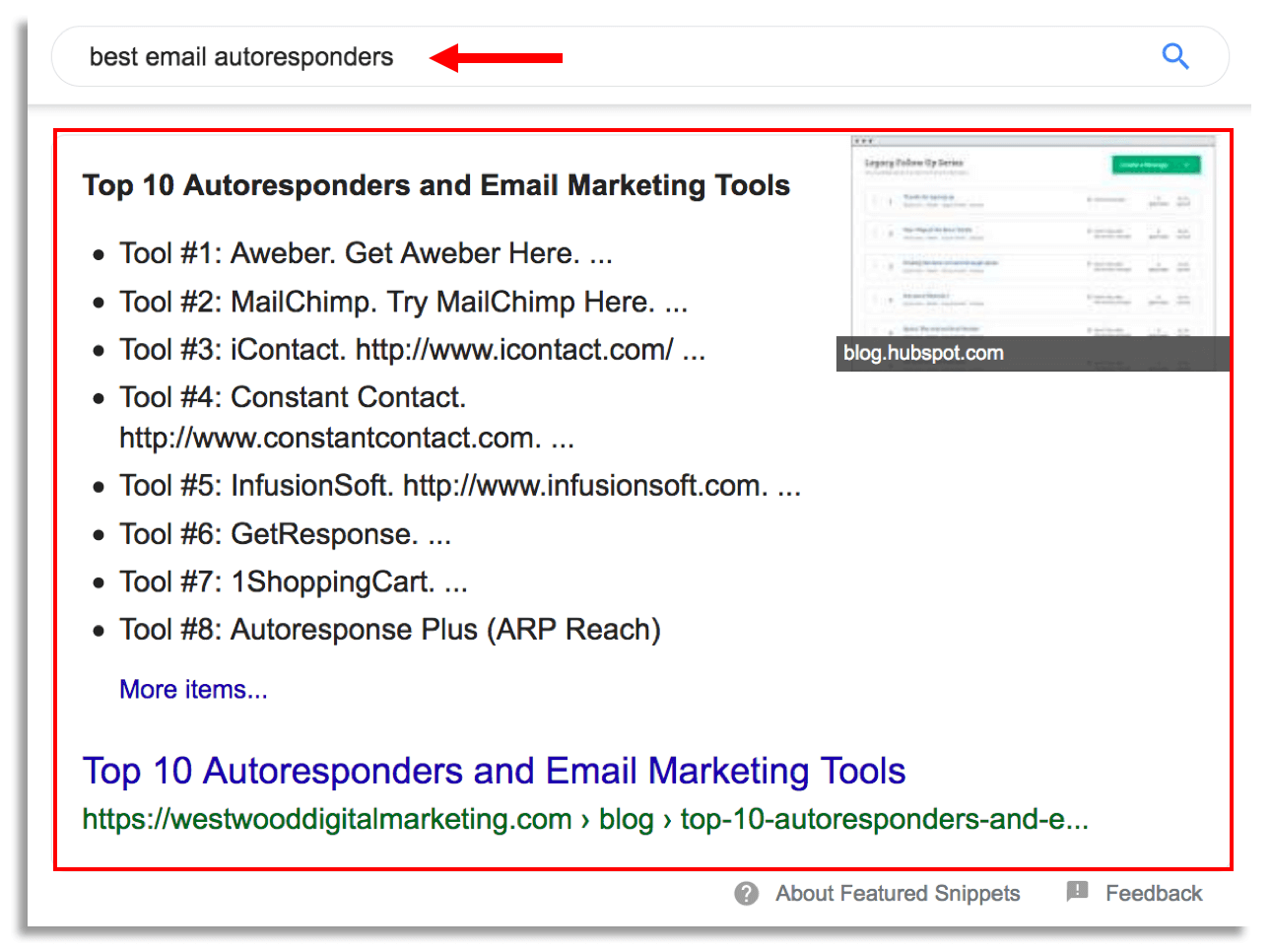

 Amos Onwukwe is an AWAI trained Business and Ecommerce Copywriter featured in Huffington Post, Dumb Little Man, Self-Growth, Ecommerce Nation, eCommerce Insights, Understanding Ecommerce, Result First, Floship, WeCan, Grow Map, Small Biz Club among others.
Amos Onwukwe is an AWAI trained Business and Ecommerce Copywriter featured in Huffington Post, Dumb Little Man, Self-Growth, Ecommerce Nation, eCommerce Insights, Understanding Ecommerce, Result First, Floship, WeCan, Grow Map, Small Biz Club among others.


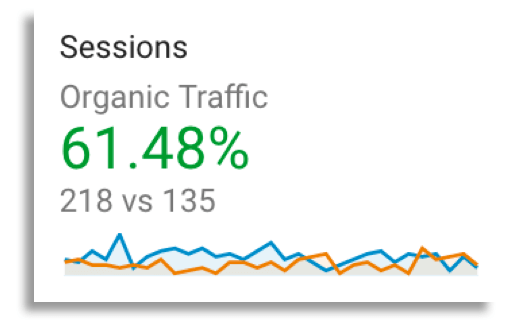

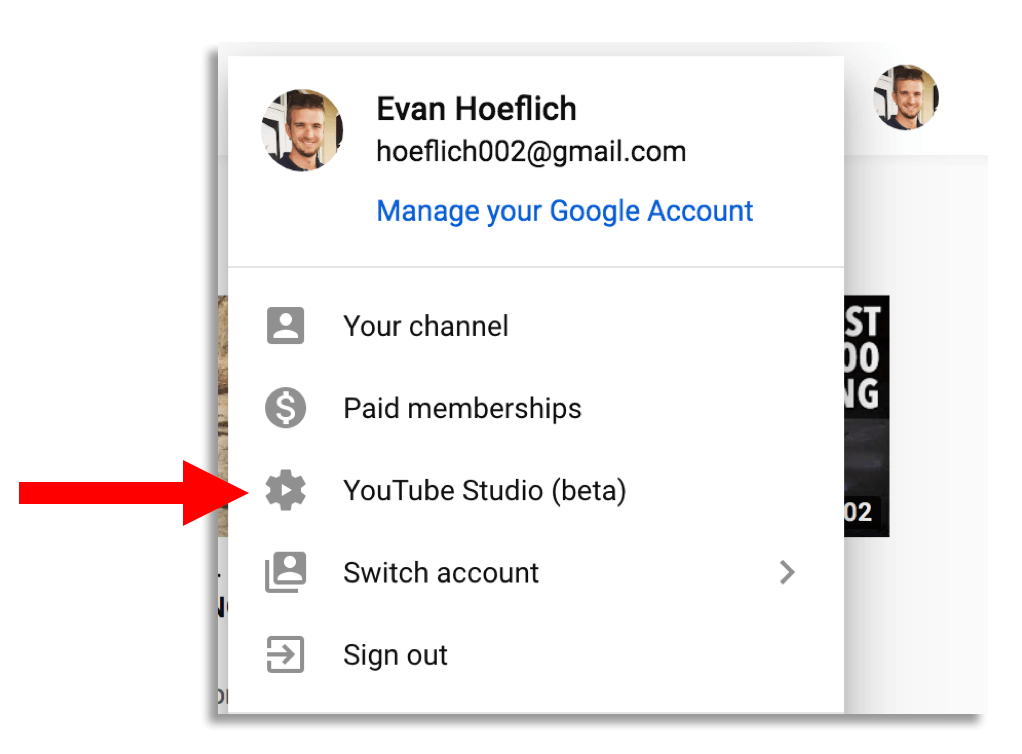
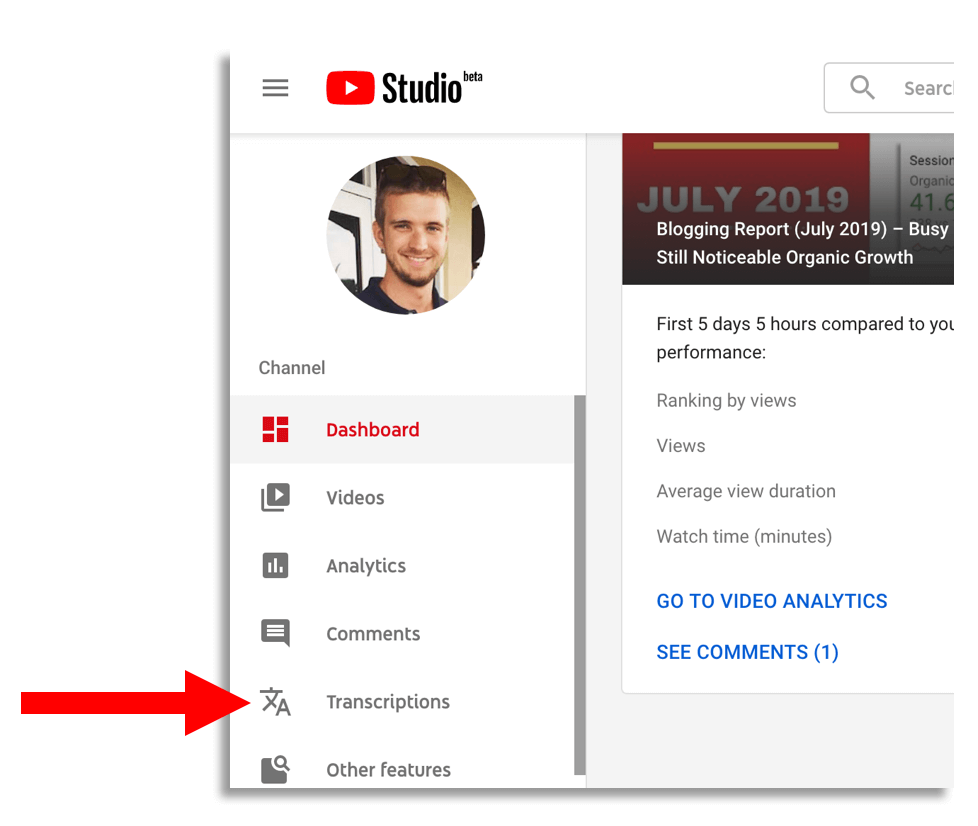
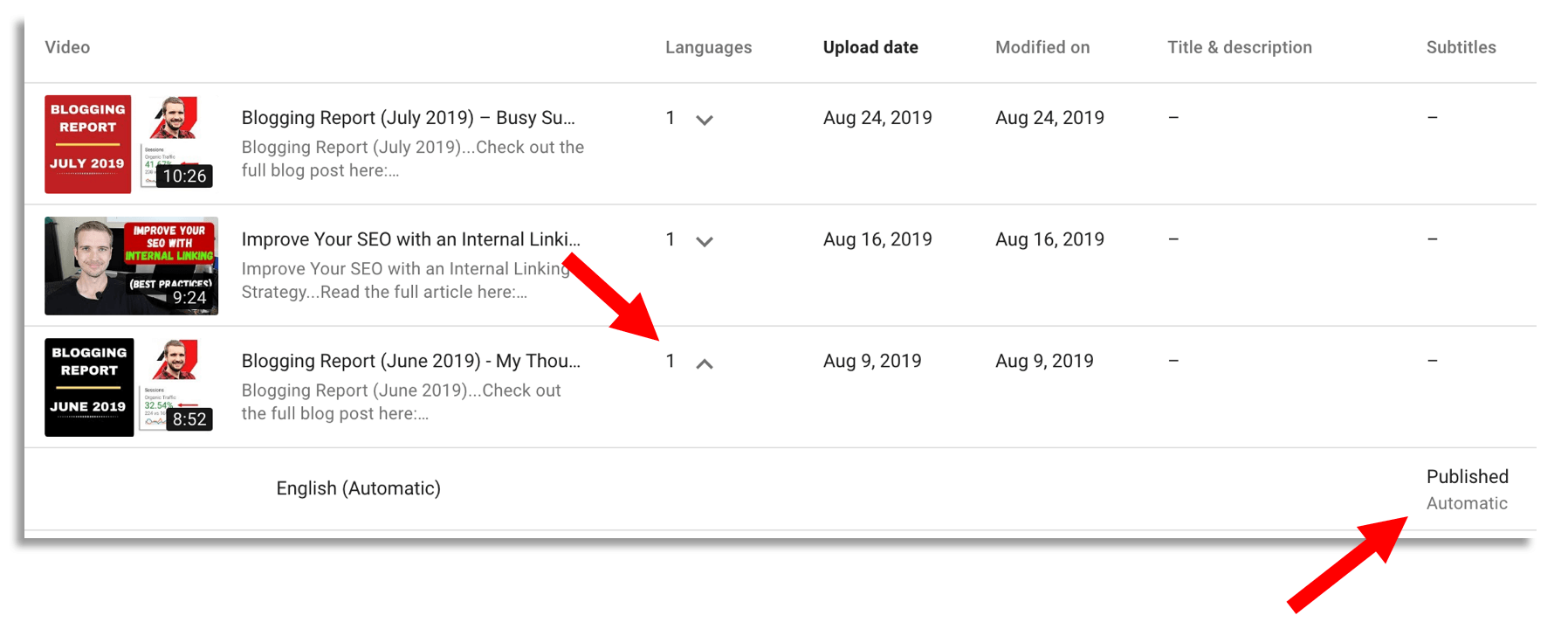


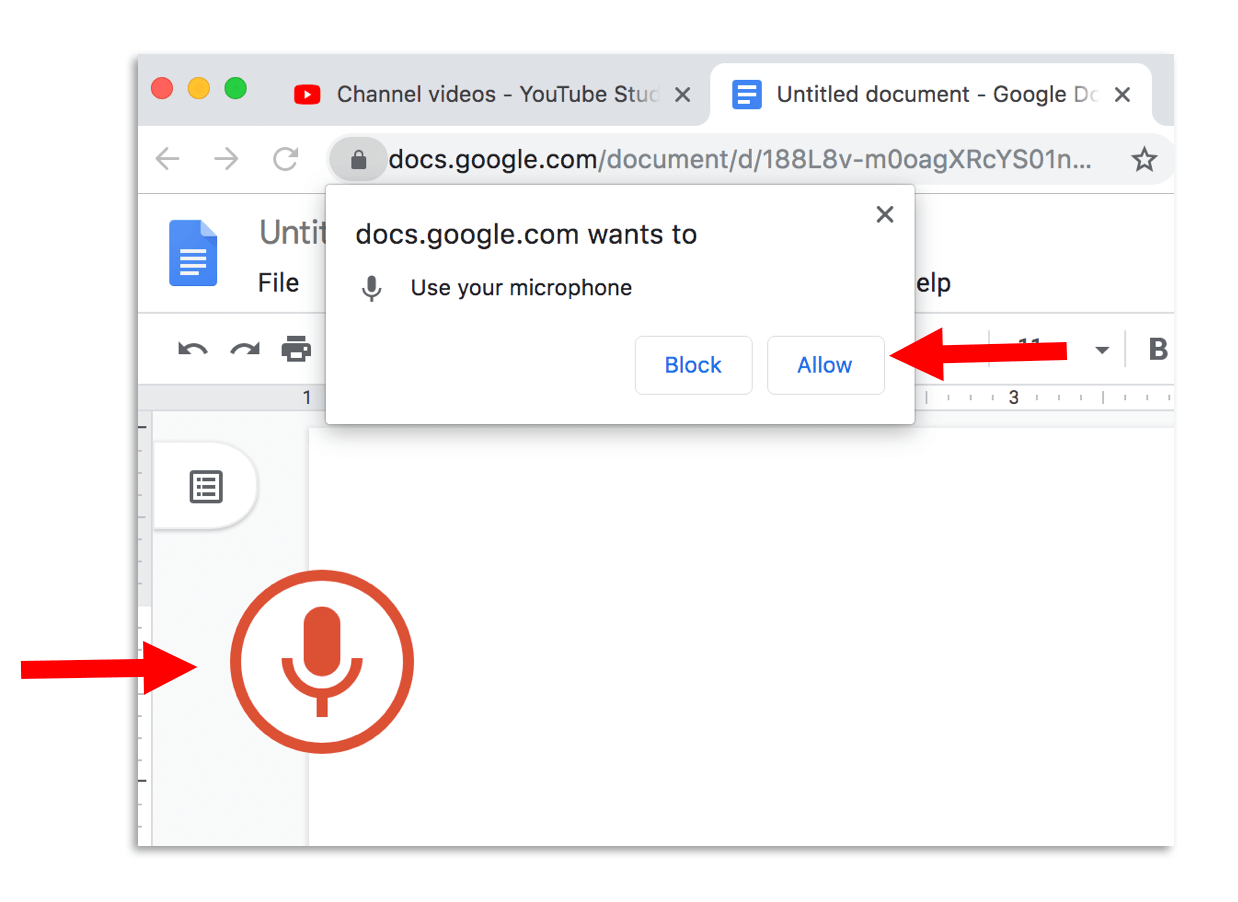
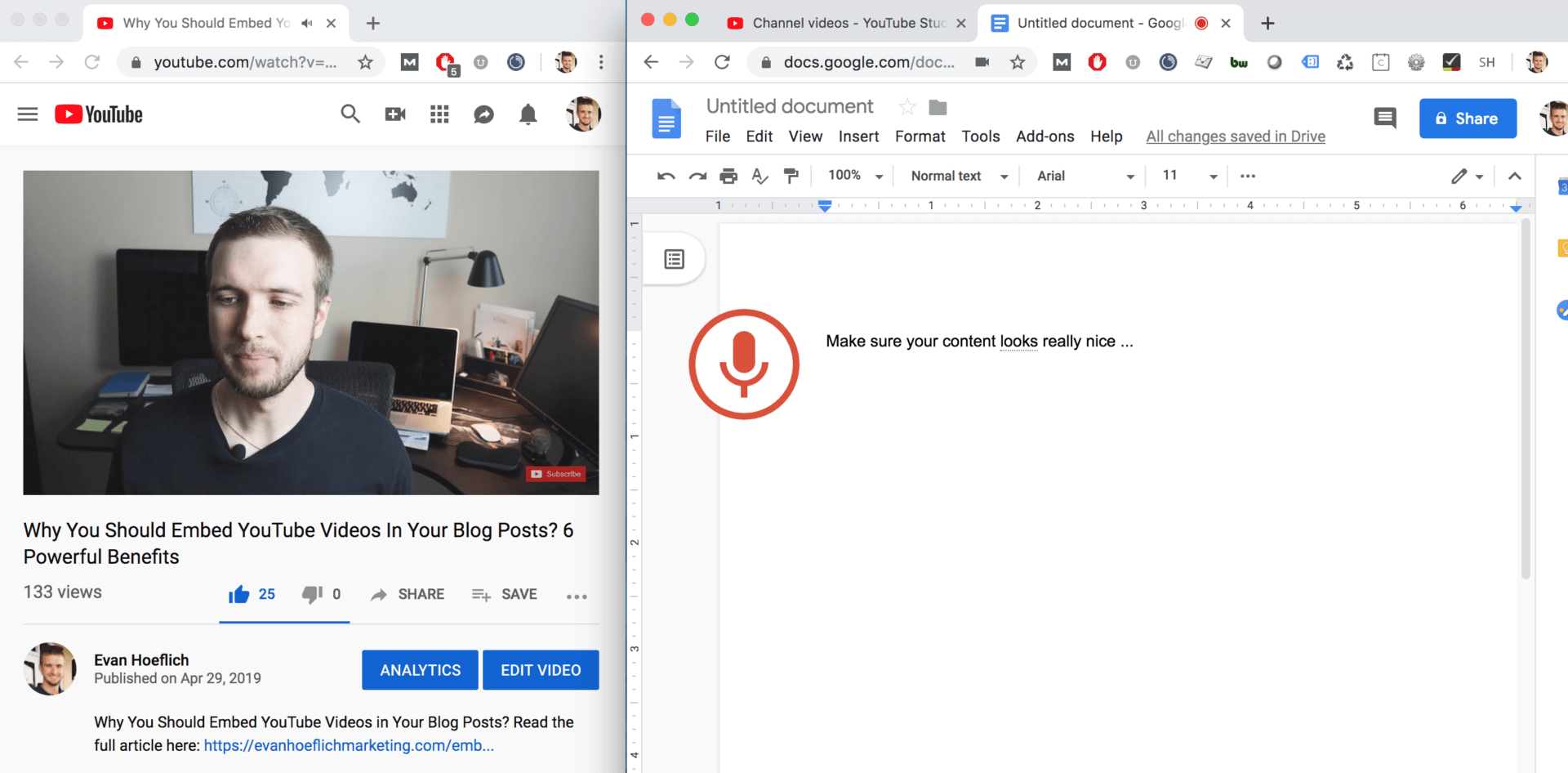
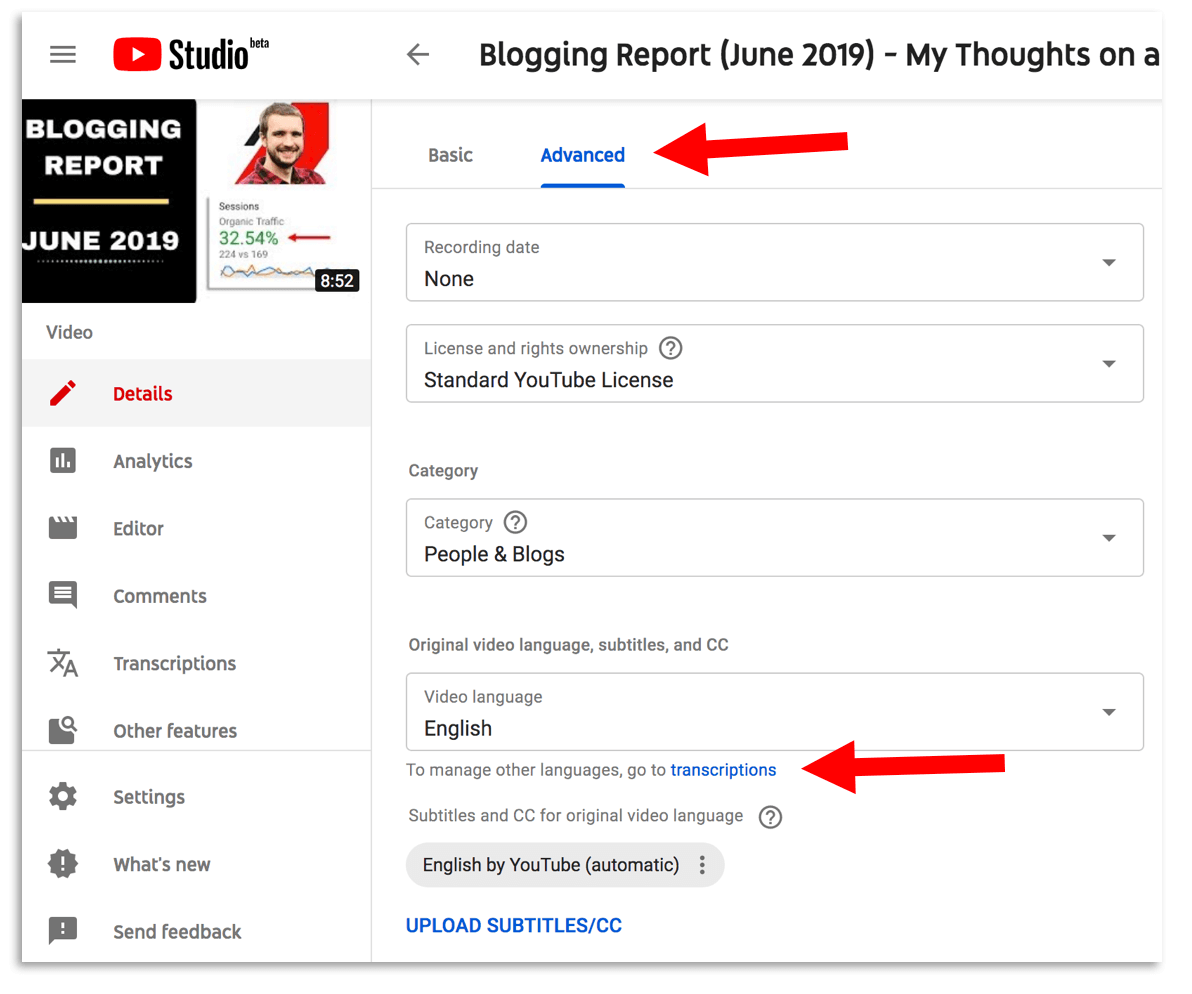
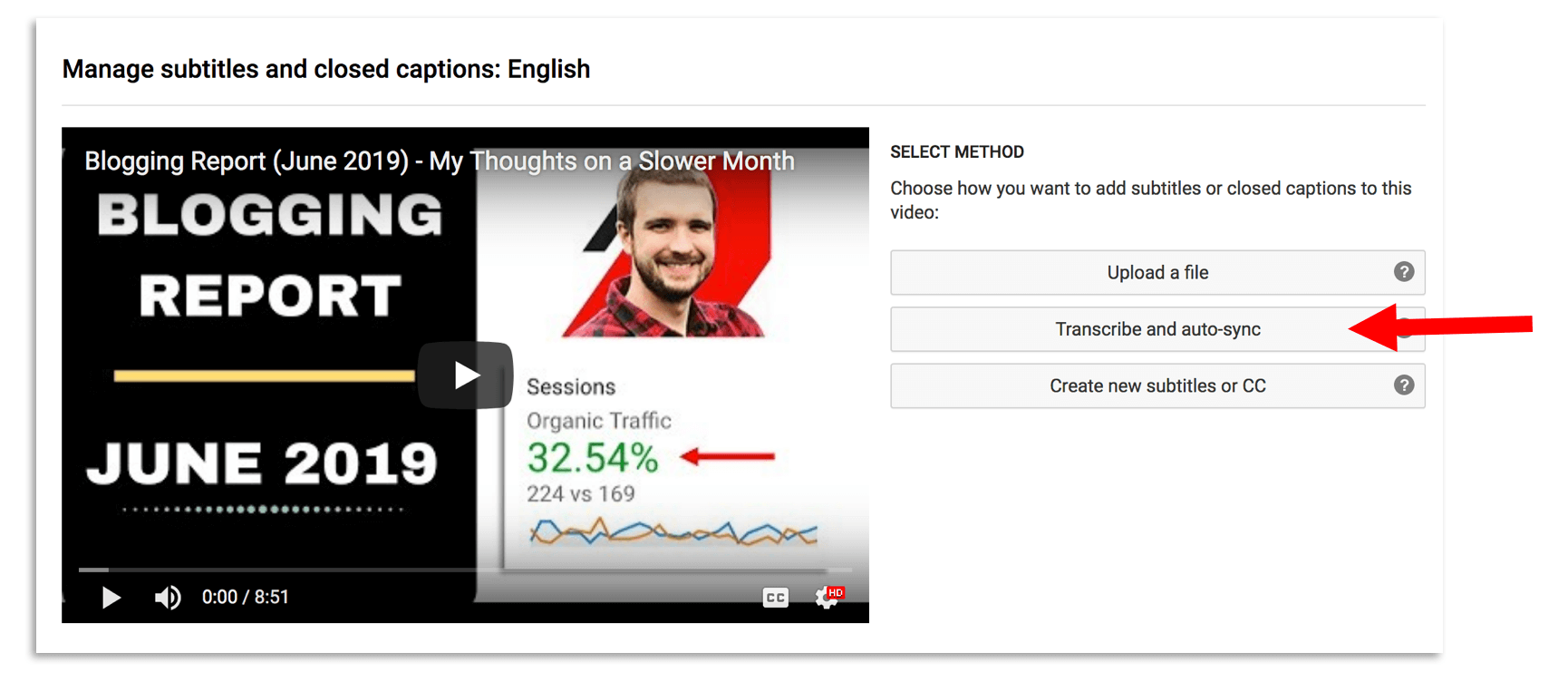

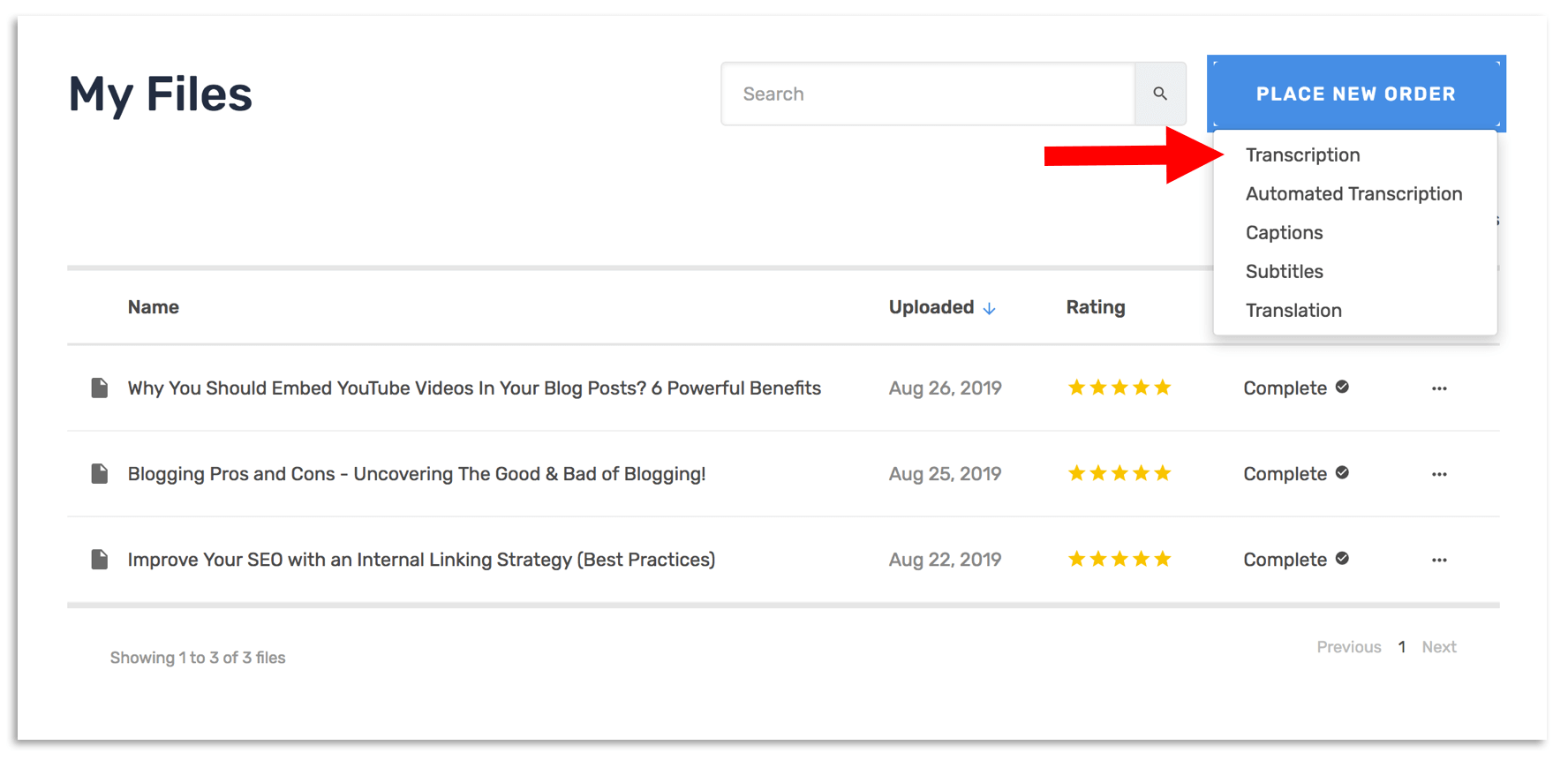
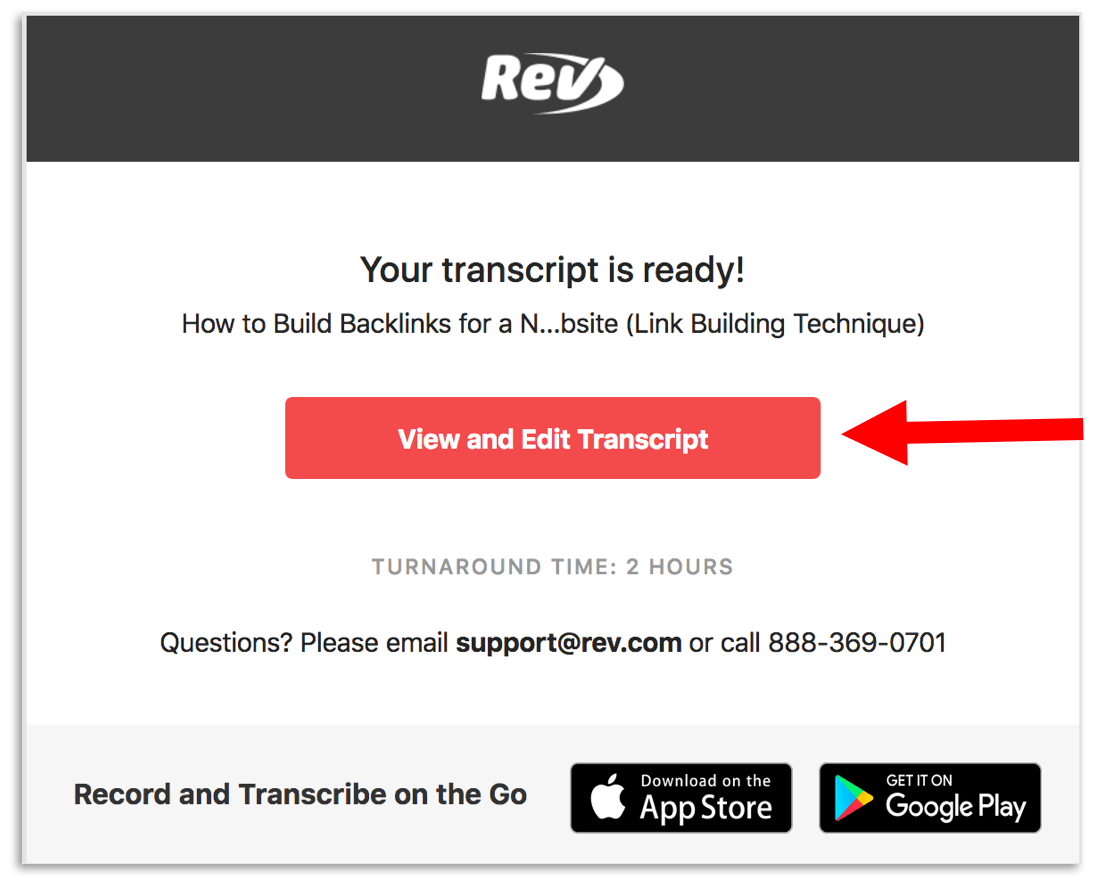
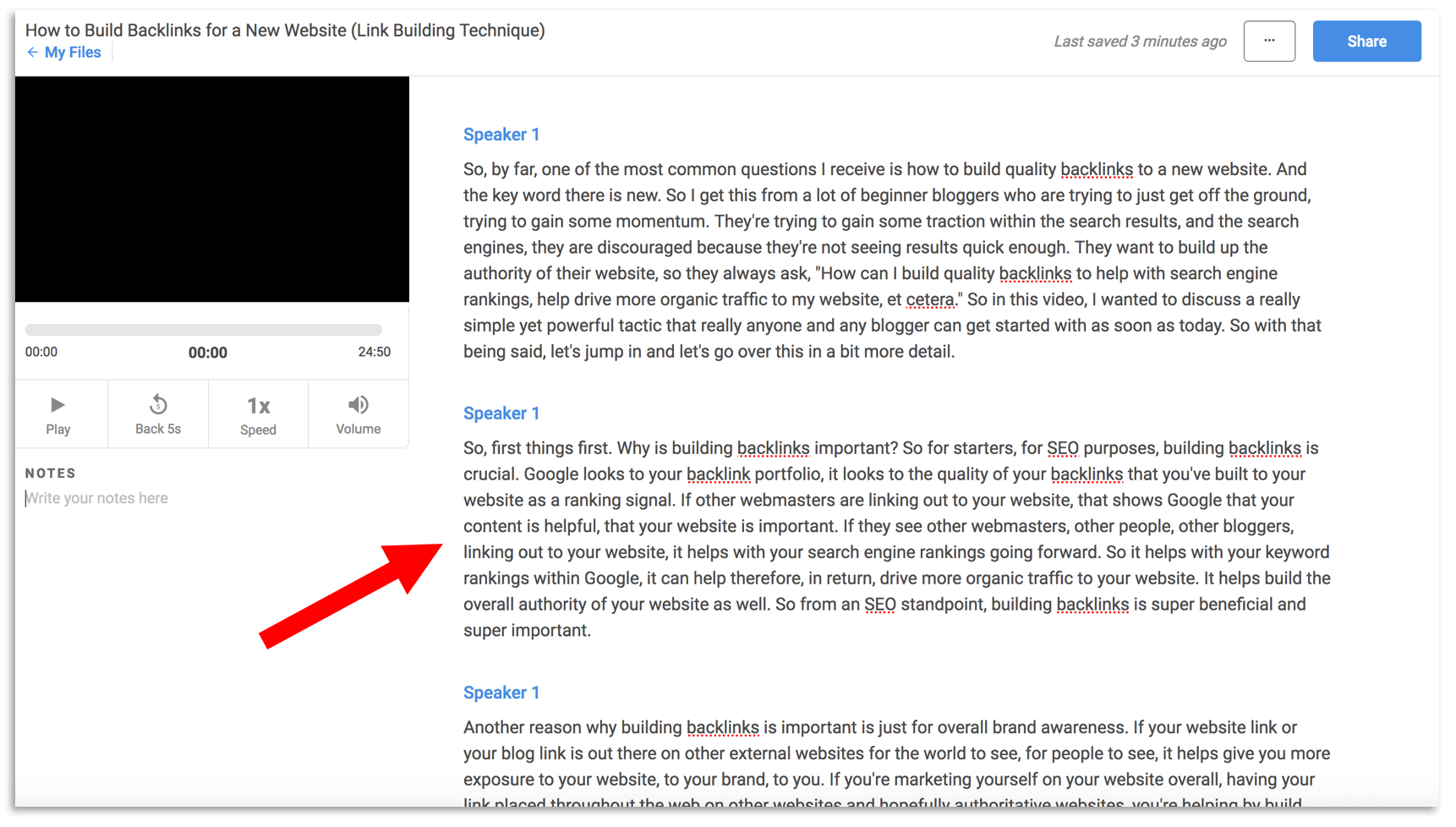

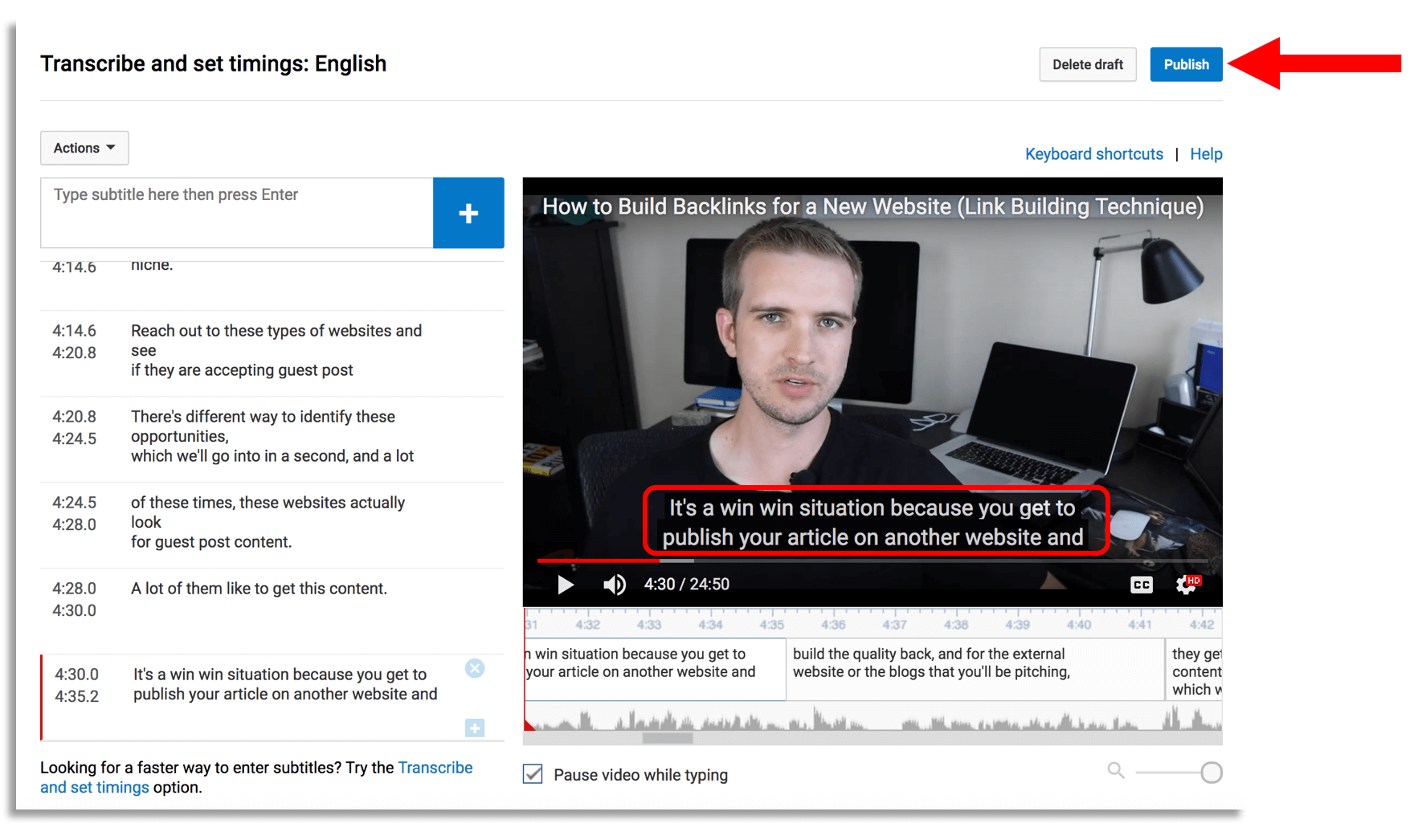
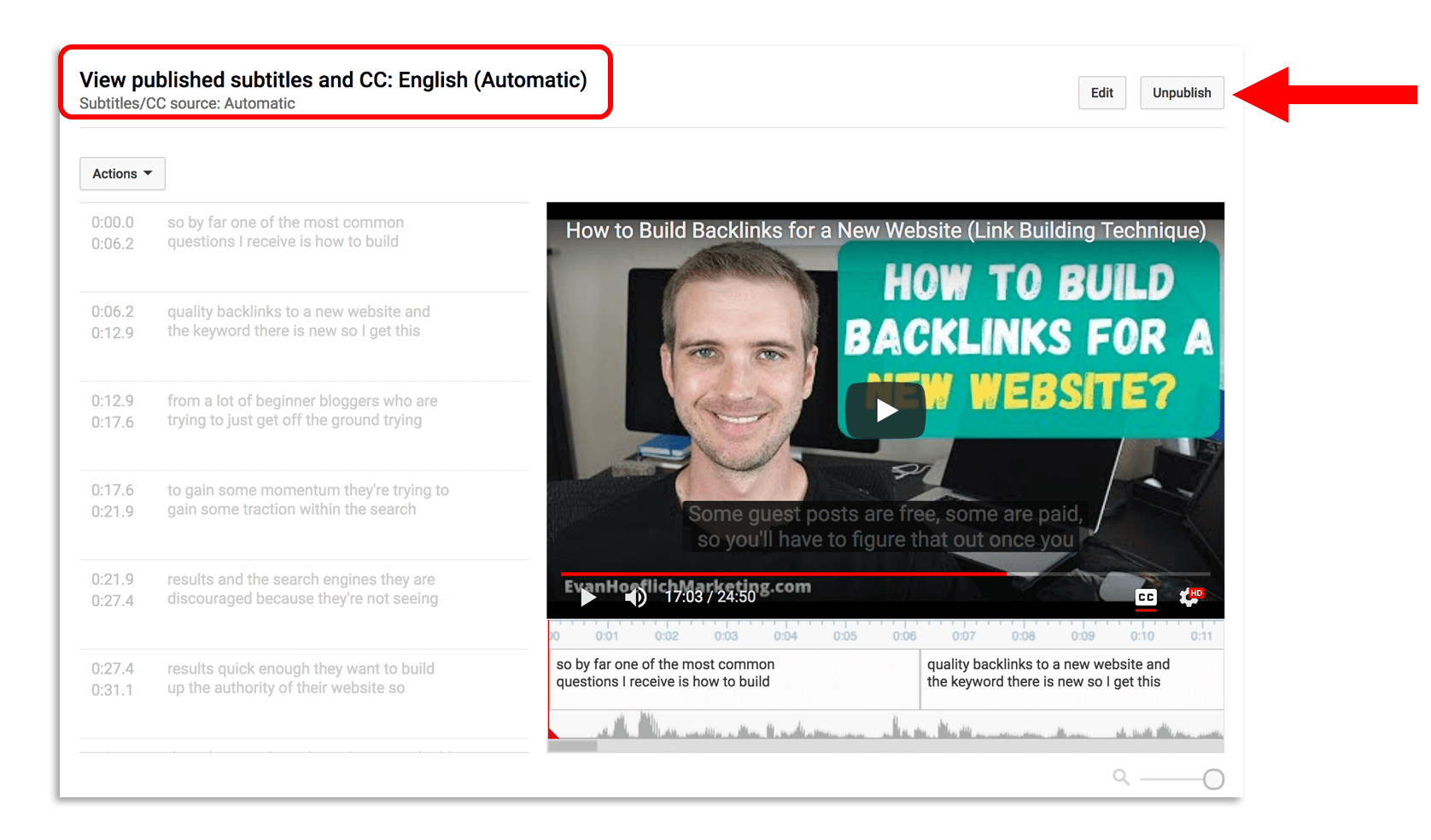


 Juliette Anderson is an Outreach Community Specialist for an e-commerce fulfillment company that specializes in partnering with online sellers who have an average parcel weight of 5+ pounds or greater. She works hand-in-hand with e-commerce stores to achieve optimal sales for four years already. Her specialty lies in social media marketing and paid promotions.
Juliette Anderson is an Outreach Community Specialist for an e-commerce fulfillment company that specializes in partnering with online sellers who have an average parcel weight of 5+ pounds or greater. She works hand-in-hand with e-commerce stores to achieve optimal sales for four years already. Her specialty lies in social media marketing and paid promotions.
